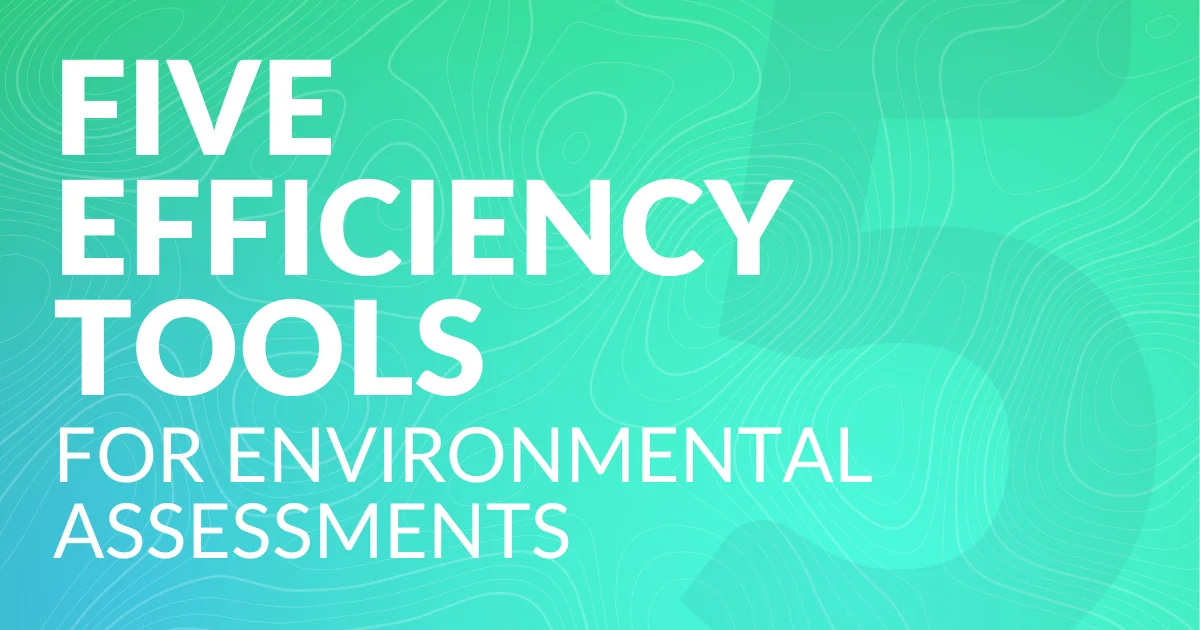Technology for environmental consultants has come a long way in just the past few years. Now, software can be used on your smartphone or tablet to facilitate easier decision-making and data collection in the field, and then simplify QA and reporting back at the office, making wetland delineations and stream assessments move smoothly. Many environmental consultants are able to produce reports twice as fast thanks to digital tools like Ecobot.
Ecobot includes regionally-specific reference tools, along with suggestions for vegetation identification afnd hydric soil indicators, minimizing the need to lug manuals around in the field. Here are a few of our favorite features that make field data collection and reporting easier:
1. Soil Suggestions
We know that soil identification can be complex. In collaboration with soil experts, Ecobot has built regionally-specific logic into the platform to support informed decision-making about hydric soil indicators. Soil suggestion are available for fieldwork and during QA to support accuracy throughout the workflow.
During QA and reporting, Ecobot’s soil verification tool enables you to further validate your selections.
2. Photo Logs with Metadata
Field scientists create photo logs with Ecobot 3X faster than other methods. Ecobot makes it easy to 1) capture photos in the field along with data, and 2) generate a polished photo log that retains all that data. Ecobot automatically captures geospatial data when you use your smartphone camera, and your final photo log contains the following metadata:
- Point association
- Time and date
- Coordinates
- Direction
- Project info
No more manually combining data with your photos or fiddling with a homemade word processor template!
3. Clone Your Data
Field scientists save hours on large projects using the clone tool, which enables them to copy data rather than enter it twice—especially on linear corridors where they encounter many of the same features for miles. If you see the same vegetation or soil profiles in different areas at your site, instead of re-entering the same data multiple times, you can clone your datapoint.
4. Auto-Fill Location Fields
Field scientists say this tool in Ecobot cuts out a lot of busywork and is a major time-saver that helps them produce reports twice as fast. Ecobot auto-fills top-of-form fields based on the lat-long of your sampling point, eliminating the need to look it up manually. Auto-filled fields include:
- City/County
- State
- Subregion (LRR)
- Section/Township/Range
- Soil Map Unit Name
- NWI Classification
5. AI-Powered Vegetation Identification
AI-powered vegetation identification enables field scientists to quickly validate species. The AI suggests a few possible species matches, organized by percent confidence, with a few pictures of each option so the scientist can make the final determination.
This tool can be used on barks and branches outside of the growing season to assist with tricky winter vegetation ID.
Learn more on our Product page about Ecobot’s other efficiency tools—like automated calculations, GNSS compatibility, mapping capabilities, and more. Or, try it out yourself for free.



